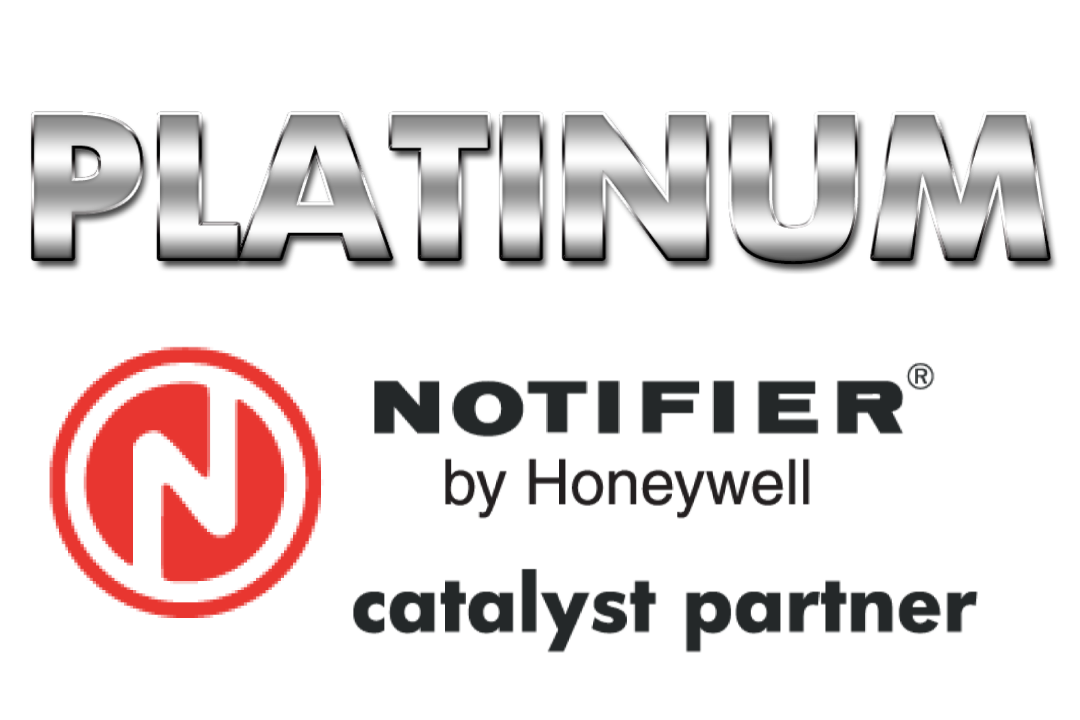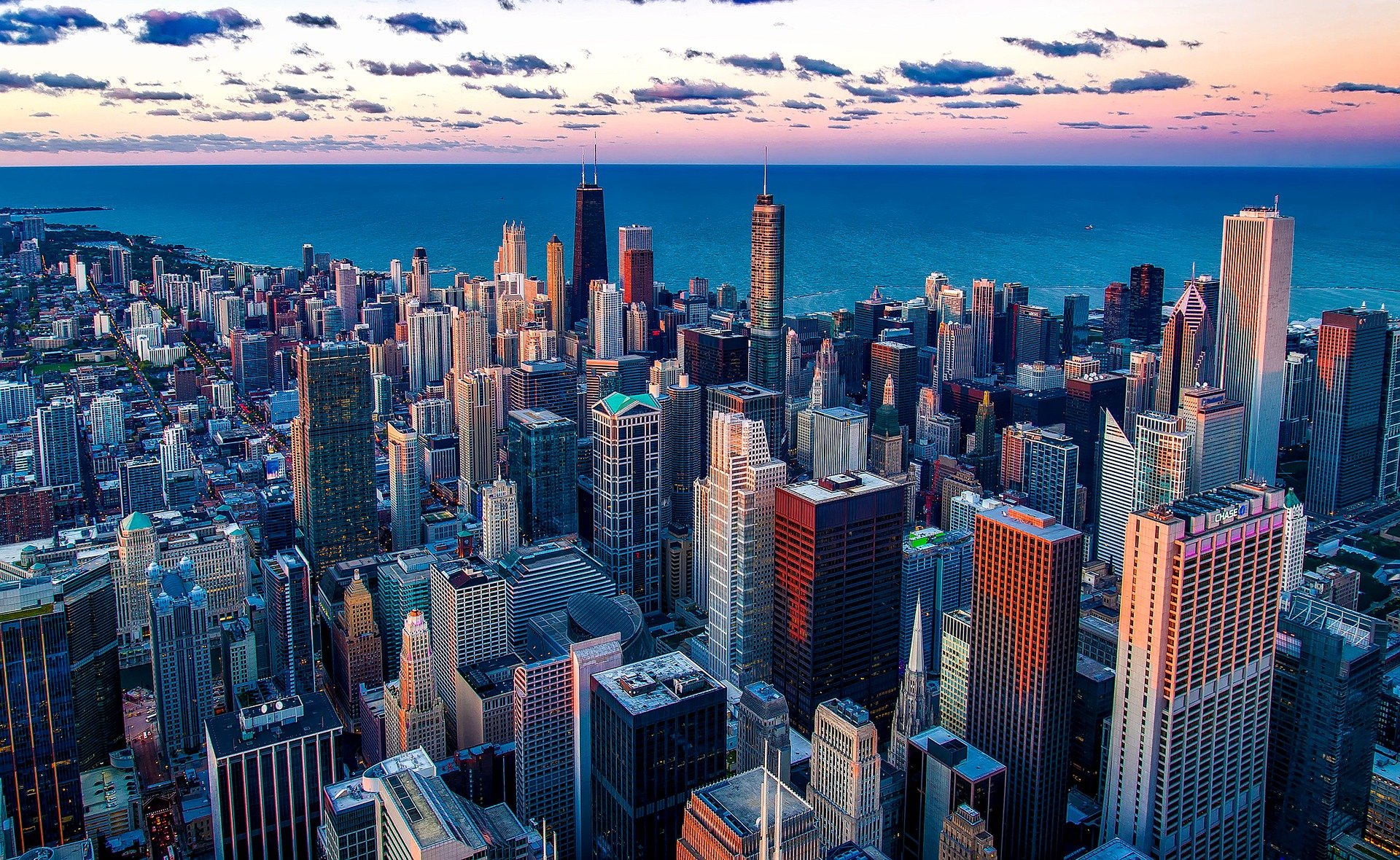
- Building
- Smoke
- Air
- Track
- Heat
- Flame
Knowing how these factors play a role in the behavior of a fire event in your building is important, and critical to determine before a fire occurs. The one factor that relates to before a fire starts is the building. The building structure, exterior, interior, all contents, layout, and operations affect fire behavior. Early awareness and communication to fire fighters about your building specifics can affect the protection of your property.
Building Factors for Fire Consideration
Considering the structural elements such as the floor, roof, and support systems is important for fire behavior. Non-structural elements such as the interior finish, compartmentation, contents, and ventilation profile which includes the HVAC system and building openings all play a role in how well a building can be protected against fire.
While wood frame construction contributes to fuel load, other common influences of fire development and behavior include structural void spaces, fire travel paths and compartments where fire conditions will differ from adjacent spaces. Structural voids can present a significant fire hazard even in areas of non-combustible construction materials. For example, two firefighters were killed in 2003 in Memphis, TN when a flashover induced by ventilation caused a collapse in a non-combustible commercial building.
The presence of void spaces are difficult to identify during a fire, and should be documented before an incident. An experienced fire and life safety consultant can help you to identify potentially problem areas in building construction and provide an optimum fire alarm system design based on your specific building features.
The interior finish can have a significant effect on the development and behavior of fire. Flooring such as synthetic materials like carpeting and carpet padding can have a higher heat of combustion than wood and can be a significant fuel source. The heat of combustion is the amount of heat that is released by any given mass of fuel, and the heat release rate (HRR) is the speed with which heat is released.
The heat of combustion varies based on the material such as wood or paper, and varies for plastics depending on the type of material involved. The HRR refers to the energy released per unit of time and is typically expressed in kilowatts (kW). One kW is 1000 joules per second (J/s). HRR depends on the quantity, type and orientation of fuel and the building characteristics such as an enclosed compartmentation or an open space.
Prepare an Overview of Your Building Features
Providing fire fighters with your specific building information can make a critical difference in minimizing property damage and rescuing occupants. Have a secure location where emergency responders can quickly access this information including:
- Schematic building plans
- Occupant load and occupancy details
- Occupant special needs
- Hazardous operations performed at the location
- Hazardous material information
- Building fire protection equipment details
- Contact person at the facility
High Rise Security Systems with SMG Security Holdings is a leading fire, security, and life safety systems provider to commercial properties in the Chicagoland area. We assist our customers with fire alarm system design based on specific building features and additional fire and life safety services. Many of our valued clients operate in some of the most unique architectural buildings in the Windy City and have peace of mind with a specially designed fire alarm system.
HRSS/SMG fire safety specialists possess deep working knowledge of all applicable fire and life safety system code regulations. We ensure that your building is code compliant with experienced fire alarm inspections and take it a step further to provide protection based on your unique building features. Contact us to speak with a fire safety specialist about your building fire protection needs.



